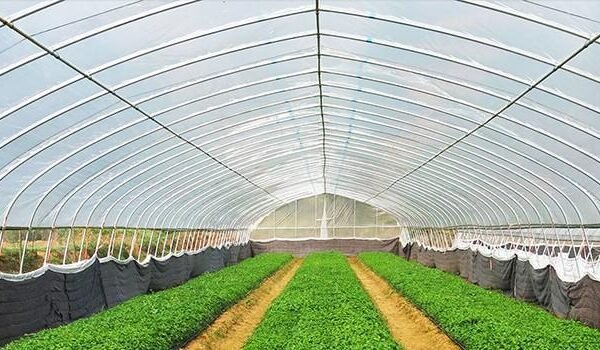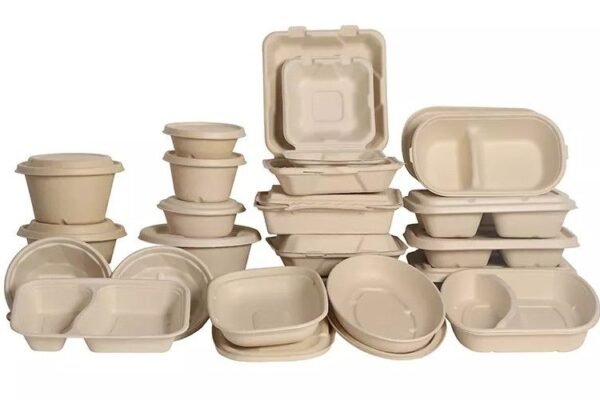Development Status of Biodegradable Plastic Bags
Environmentally friendly plastic bags are short for various biodegradable plastic bags. With the development of science and technology, various materials that can replace traditional PE plastics have emerged, including PLA, PHAS, PBA, PBS and other polymer materials. Environmentally friendly plastic bags have been widely used: supermarket shopping bags, continuous roll fresh-keeping bags, plastic film, etc. have large-scale application examples in China. Various countries use PLA (polylactic acid) to replace traditional plastic bags and have achieved good results.










